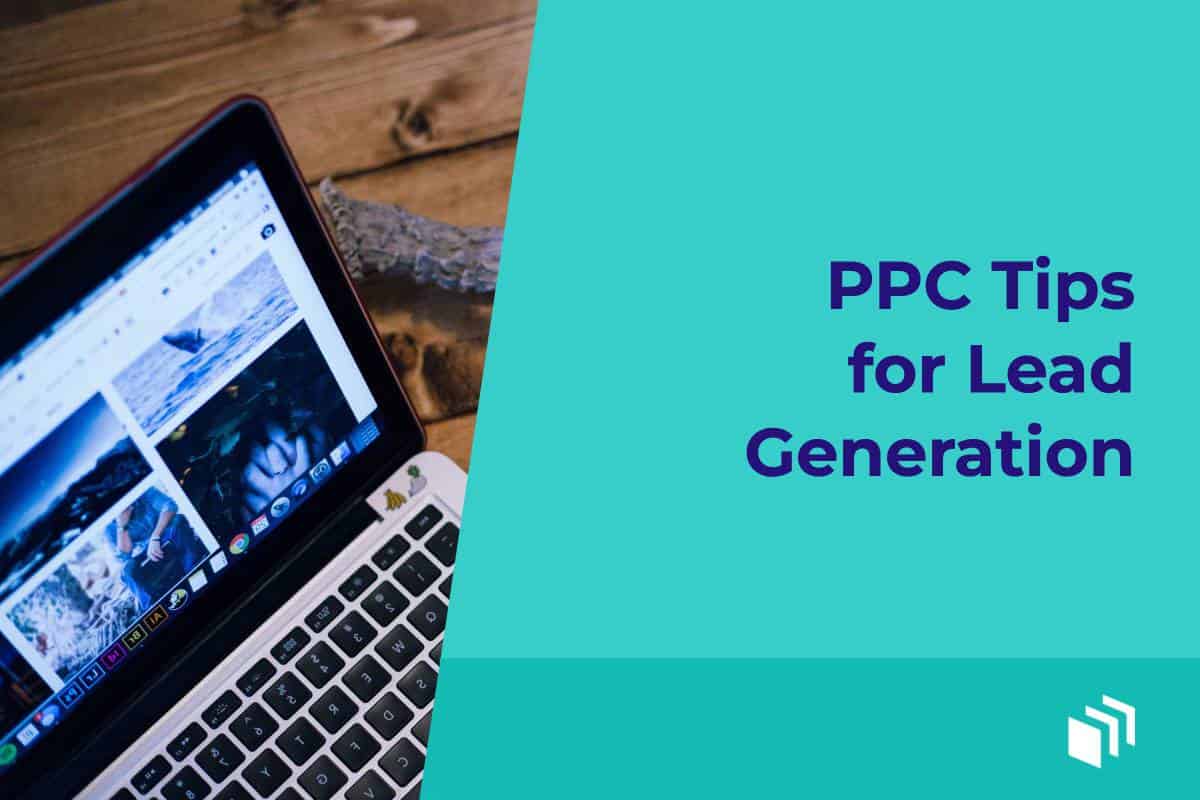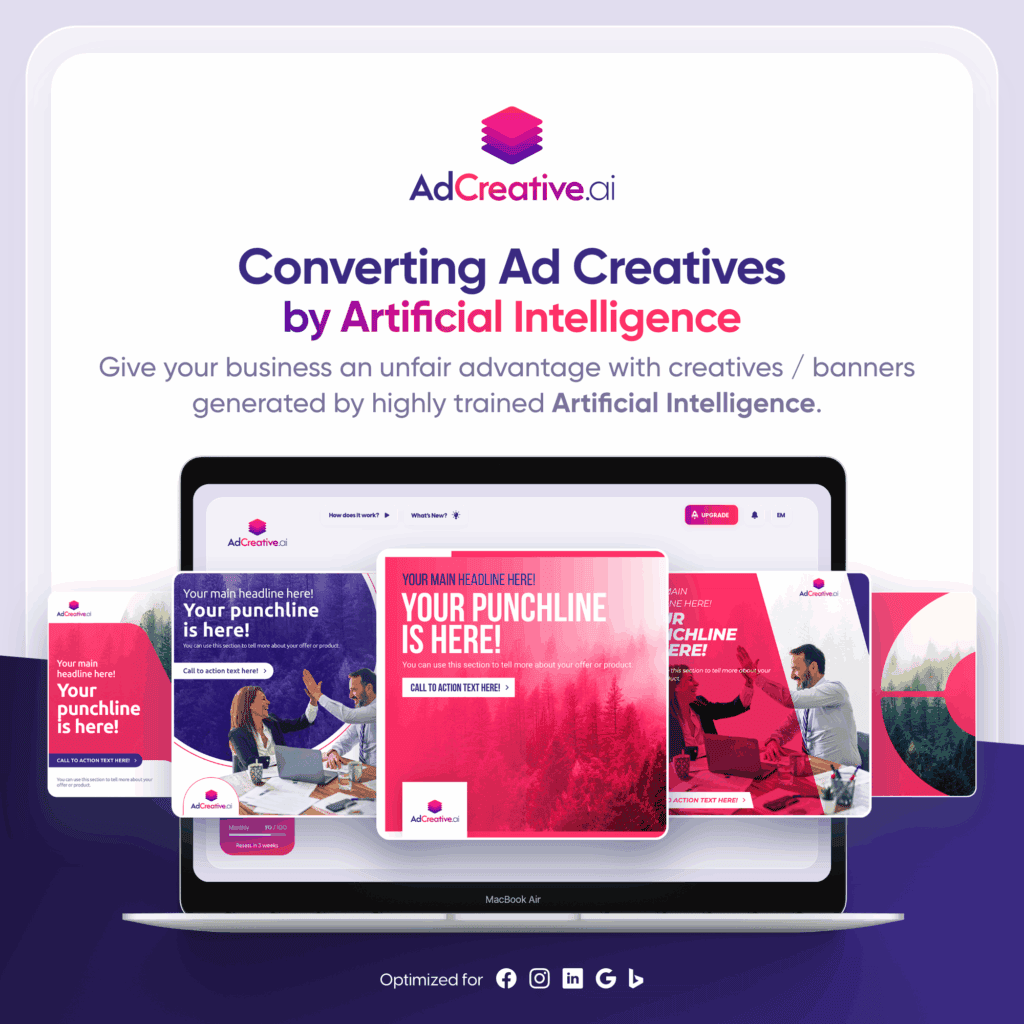PPC Tips for Lead Generation

Pay Per Click, or PPC, is an effective way for businesses to advertise their products or services on the web. PPC advertising is used by major search engines as well as social media channels as a profit generator. When used with other forms of Internet marketing such as SEO, it can bring more potential leads to your website. It also can help you begin the process of converting those leads into sales.
PPC functions a bit like the Yellow Pages. When a potential customer does a web search, they are already looking for something that you can offer them. When a customer clicks on your PPC ad, you can gather information from your customer on a landing page in return for a product. Free reports, books, video information, and other goodies in exchange for contact information can help you build a qualified lead list.
How to Get Started
Whether you are using Google AdWords, Bing Ads or any other PPC ad campaign, you need to determine the following before enabling ads for your PPC campaign:
- Determine your goals. Do you want to raise awareness of your brand or increase sales? Have a clear goal in mind before beginning your campaign.
- What is the maximum amount you are willing to spend to generate a lead that turns into a sale? You will be paying for each click, so keep in mind whether you are willing to spend $1.50 or $10.00 for each click. Keep in mind the total amount of a sale in order to determine an acceptable ROI. Determine your budget beforehand and stick to it.
- Create an account with your chosen service and log in to start creating your PPC campaign. Bing, Yahoo and Google all have similar dashboards for creating PPC campaigns. Using more than one search engine for your PPC campaigns is a good idea and will help increase the number of conversions as well as making sure more potential clients are seeing your ads.
- Create a campaign.
- Make a list of keywords that will relate to your product. PPC campaigns narrowly focus on four to five keywords. Setting them to narrow parameters makes them highly targeted and far more cost-effective. Google and Bing can also give suggested keywords. Create compelling copy and attractive ads. Offer additional information, videos, reports that will encourage visitors to click on your ad.
- Select how long you will run the campaign. It’s a good idea to start small at first with a lower price per impression – setting it at $1.50 per impression for a week, for example, before increasing your bid. This will help you to determine whether or not the ads are working and which keywords are most effective in your PPC campaign.
- Create a URL through the dashboard that will redirect to your website’s landing page. Test each of your ad campaigns to ensure they are going to the correct landing pages.
- Review your landing page and make the call to action, or CTA, direct and specific. Keep all information above the fold. Give contact information for prospects to call directly, or enter location, email and contact information. You must have a link to your privacy policy and terms and conditions statements or your ad may be removed.
- Target the locations where your ad will be seen. If you list a phone number on your website, mobile users can click to call on their phone or desktop users can use their internet phone. You can track these calls you receive from there and these can be entered directly into a CRM manager or forward them to a call center where trained representatives can further qualify, answer questions and objections and turn prospects into solid leads.
- More than half of all web traffic now comes from mobile devices. Optimize your landing pages not just for desktop users, but also for mobile devices. Enabling Click to Call or Google Maps, for example, makes your business easy to find and can quickly and effectively turn potential leads into a higher ROI.
- Monitor and audit your PPC campaigns or ask pros to do that on a daily basis for activity. Also, be sure to follow the rules laid out by the search engine that you are using and be honest about the products and services you offer.
Offer Something of Value for the Prospect
The landing page is where you make your pitch to get the visitor to give you the information you want in exchange for something. Whatever that is, it has to be of value for your visitor. Ideally, it’s something that you’ve predicted that your ideal customer would want. If they bite at the offer, congratulations, you have a qualified lead!
Armed with this information you can place it into your Contact Resource Management (CRM) software. Conversions built over time through lead nurturing, drip marketing, triggers, lead scoring, and retargeting the lead to products which will suit their specific needs and personalize their experience.
Other Platforms for PPC
Google AdWords and Bing Ads do have definite advantages and are especially useful when your keywords are targeted and focused. Advertising through other social media platforms such as Facebook, Twitter, LinkedIn, and YouTube may offer additional advantages depending on your audience and business niche.
Facebook ads, for example, can have sponsored content that links to a blog post, video, article or offer that can also help generate leads. These sponsored posts can also be forwarded or shared with other users or groups. They further increase the potential for being shown to users who can like your post or interact with you directly about the post or what your business offers. LinkedIn, on the other hand, is particularly useful for generating B2B leads and will place your ad before other business professionals and decision makers.
Using PPC is a fast and profitable way to generate leads. If you create a good ad and a compelling offer on your landing page even more so. As long as you target the correct audience with your ads, you’ll attract highly qualified leads into your mailing list.
Guest Author
Chris Hickman is the Founder and CEO at Adficient with 15 years of experience in search marketing and conversion optimization. Since 2006, he founded GetBackonGoogle.com, helping businesses and websites suspended in Adwords to Get Back on Google
Ready to get started?
There are licenses available for all types of sites needs needs.
Find the AdSanity tier that is right for you.
Want to give AdSanity a try?
Find the plan that fits your site and jump in.
Ready to make your ads work for you?
Pick the plan that fits and get started.
Let’s get your ads running.
Choose the plan that works best for you and start today.
Time to take control of your ads.
Find your perfect plan and go for it.
Ready to Make Money With Your Site?
Get ads on your site in
60 minutes or less
with AdSanity.
With our 14-day money back guarantee, it’s easy to see if AdSanity is the right fit for you.
Tags
Popular Pro Add-Ons
Our Community
Join our mailing list to keep up to date on everything happening with AdSanity and Pixel Jar.
Note: Your email address will be added to our CRM and be used to receive emails from Pixel Jar. You can unsubscribe at any time.




